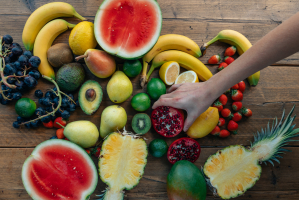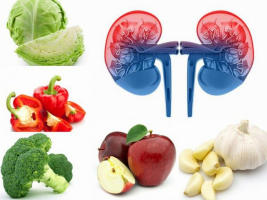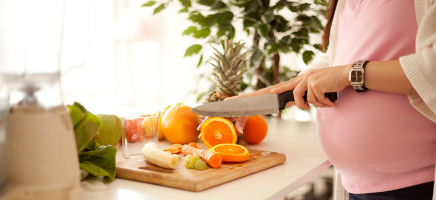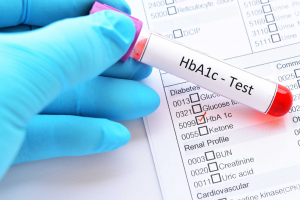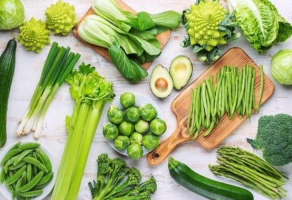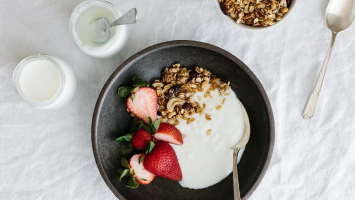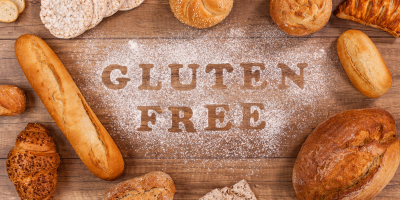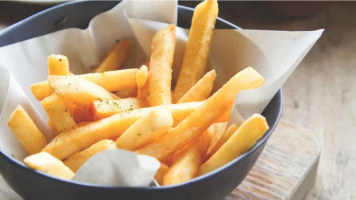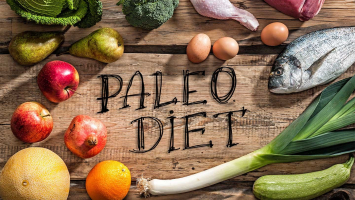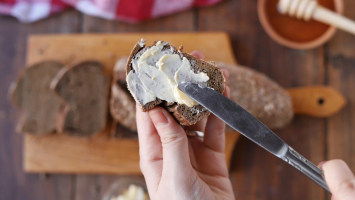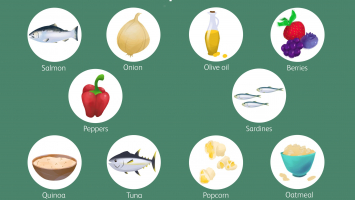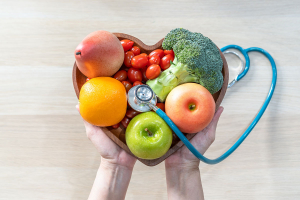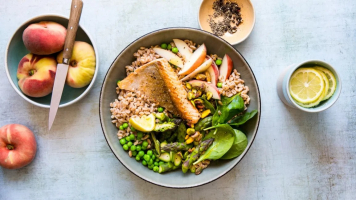Top 10 Foods to Avoid If You Have Kidney Disease
Your kidneys are bean-shaped organs that serve a variety of functions. They are in charge of filtering blood, eliminating waste via urine, producing hormones, ... read more...balancing minerals, and maintaining fluid balance. Kidney disease is caused by a variety of risk factors. In this article, Toplist will list the foods to avoid if you have kidney disease.
-
In addition to the calories and sugar that sodas provide, they also contain phosphorus-containing additives, particularly dark-colored sodas. Many foods and beverage manufacturers add phosphorus during the manufacturing process to improve flavor, extend shelf life, and prevent discoloration. This added phosphorus is more readily absorbed by your body than natural, animal-based, or plant-based phosphorus. Phosphorus in the form of additives, unlike natural phosphorus, is not bound to protein. Rather, it is found in the form of salt and is easily absorbed by the intestine.
Phosphorus additives are commonly found in product ingredient lists. Food manufacturers, on the other hand, are not required to list the exact amount of additive phosphorus on the food label. While the amount of additive phosphorus in soda varies depending on the type, most dark-colored sodas are thought to contain 50–100 mg in a 200-mL serving. A 12-ounce cola contains 33.5 mg of phosphorus, according to the United States Department of Agriculture (USDA) food database. As a result, on a renal diet, sodas, particularly dark sodas, should be avoided.
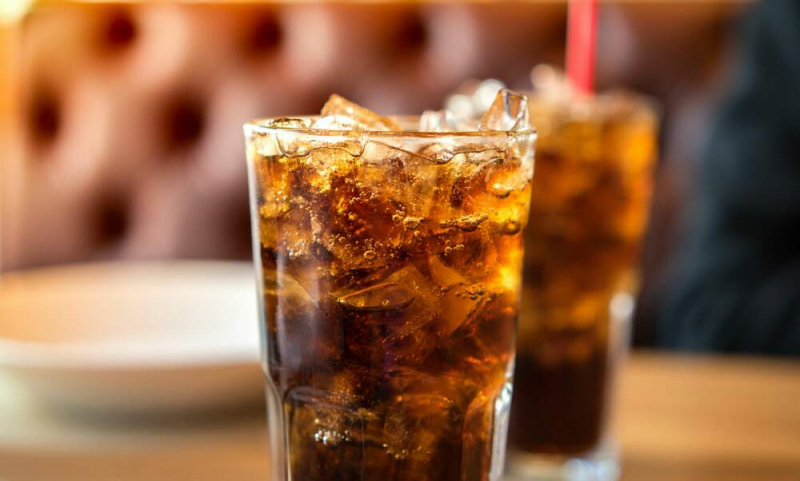
Dark-colored soda 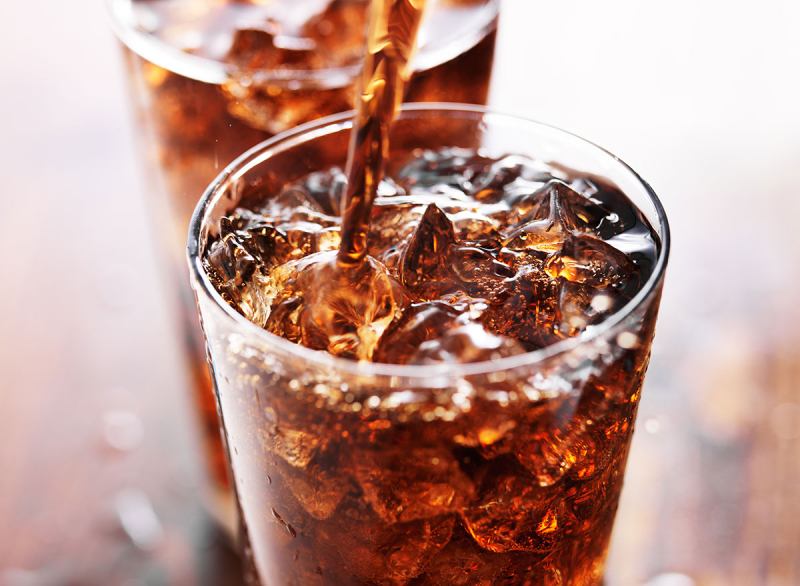
Dark-colored soda -
Avocados are frequently praised for their numerous nutritional benefits, including heart-healthy fats, fiber, and antioxidants. While avocados are generally a healthy addition to any diet, those with kidney disease should avoid them.
This is due to the high potassium content of avocados. One medium avocado contains a whopping 690 mg of potassium. People with kidney disease can still include avocado in their diets by reducing the portion size to one-fourth of avocado and, if necessary, limiting potassium.
Avocados, including guacamole, should be limited or avoided on a renal diet if your potassium intake has been restricted. However, keep in mind that everyone has different needs, and the most important thing to consider is your overall diet and health goals.
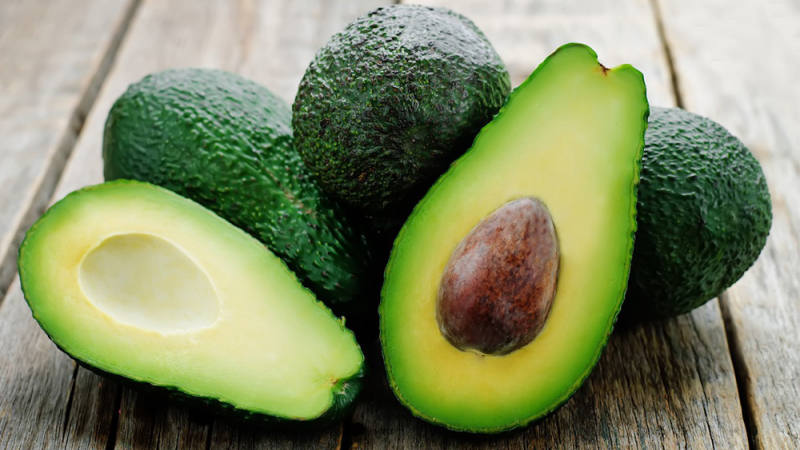
Avocados 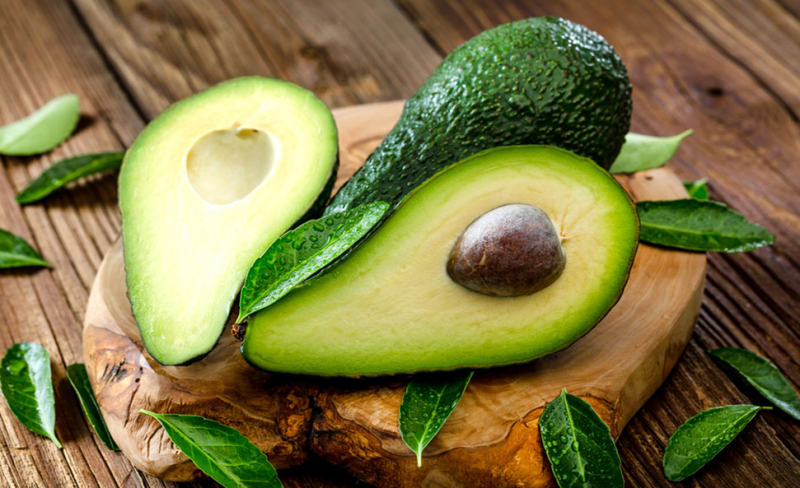
Avocados -
Canned foods, such as soups, vegetables, and beans, are popular due to their low cost and ease of preparation. Most canned foods, on the other hand, contain high levels of sodium because salt is added as a preservative to extend shelf life.
People with kidney disease should avoid or limit their consumption of canned goods due to the amount of sodium found in them. It is usually best to choose lower-sodium varieties or those labeled "no salt added." Furthermore, draining and rinsing canned foods, such as canned beans and tuna, can reduce the sodium content by 33–80%, depending on the product. Avoiding, limiting, or buying low sodium varieties is likely the best to reduce your overall sodium consumption.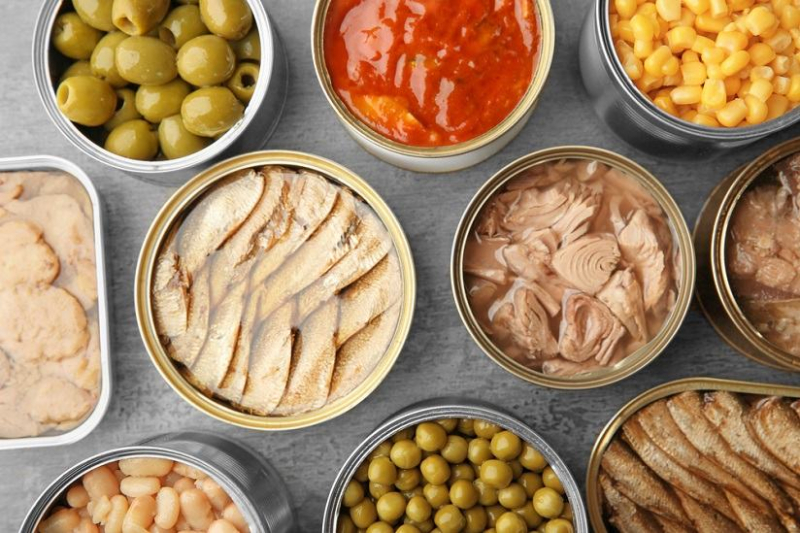
Canned foods 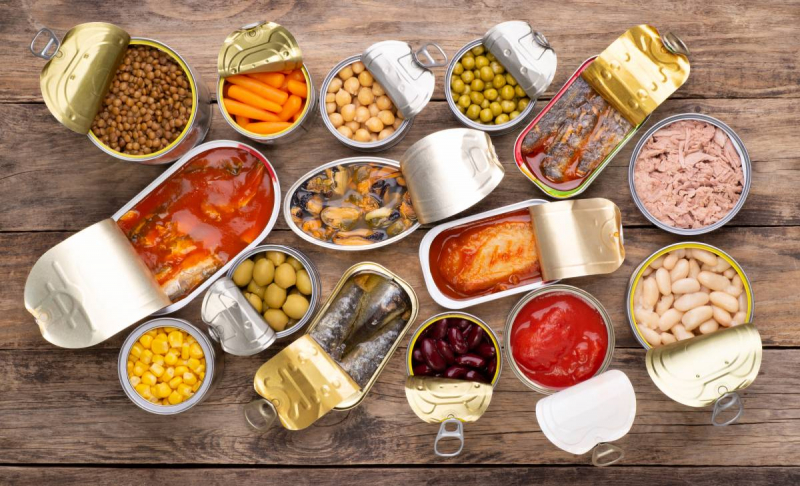
Canned foods -
Choosing the right bread can be difficult for people with kidney disease. Whole wheat bread is frequently recommended for healthy individuals over refined, white flour bread. Whole wheat bread is a more nutritious option, owing to its higher fiber content.
White bread, on the other hand, is usually preferred over whole wheat varieties for people with kidney disease. This is due to its high phosphorus and potassium content. The higher the phosphorus and potassium content of the bread, the more bran and whole grains it contains.
Eating one slice of whole wheat bread instead of two can help reduce your potassium and phosphorus intake without completely eliminating whole wheat bread. It's worth noting that most bread and bread products, whether white or whole wheat, contain relatively high levels of sodium. You should compare the nutrition labels of different types of bread, choose a lower sodium option if possible, and keep track of your portion sizes.
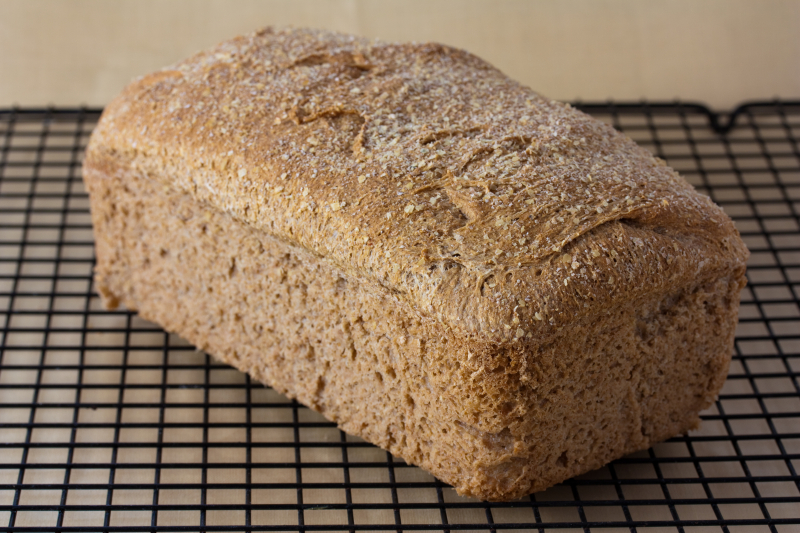
Whole wheat bread 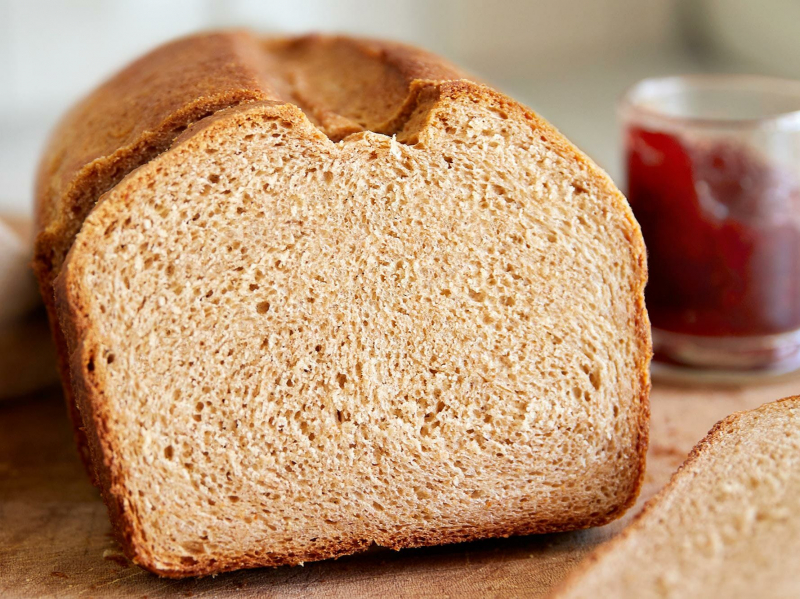
Whole wheat bread -
Brown rice, like whole wheat bread, is a whole grain with more potassium and phosphorus than white rice. One cup of cooked brown rice contains 150 mg of phosphorus and 154 mg of potassium, whereas one cup of cooked white rice contains only 69 mg of phosphorus and 54 mg of potassium.
Brown rice may be able to fit into a renal diet, but only if the portion is controlled and balanced with other foods to avoid an excessive daily intake of potassium and phosphorus. Bulgur, buckwheat, pearled barley, and couscous are high-fiber, low-phosphorus grains that can be used in place of brown rice.
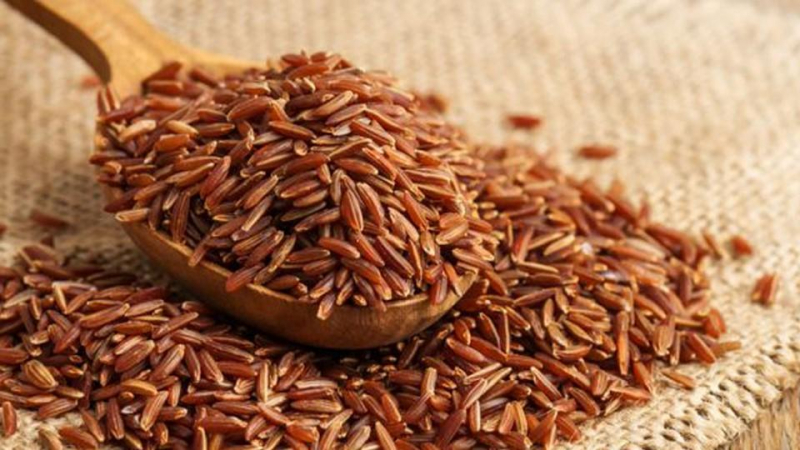
Brown rice 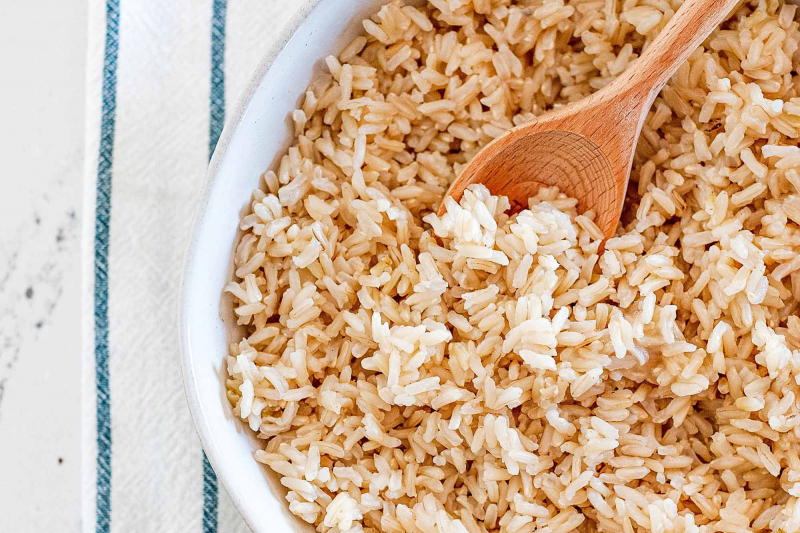
Brown rice -
Bananas are well-known for having a high potassium content. While bananas are naturally low in sodium, one medium banana contains 422 mg of potassium. If you have been told to limit your potassium intake, it may be difficult to do so if you eat a banana every day.
Unfortunately, many other tropical fruits contain high levels of potassium as well. Pineapples, on the other hand, contain significantly less potassium than other tropical fruits and maybe a more suitable yet tasty alternative. As a result, bananas are a high potassium source that may need to be limited on a renal diet. Pineapple is a kidney-friendly fruit because it contains significantly less potassium than other tropical fruits.
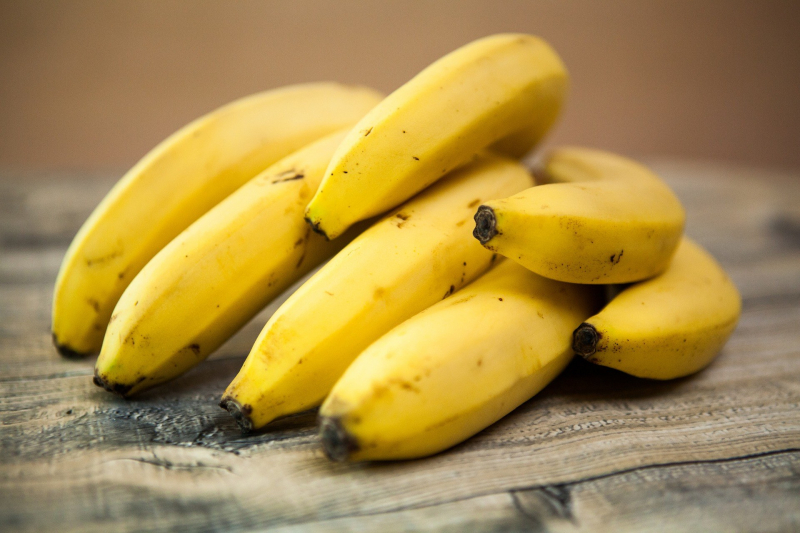
Bananas 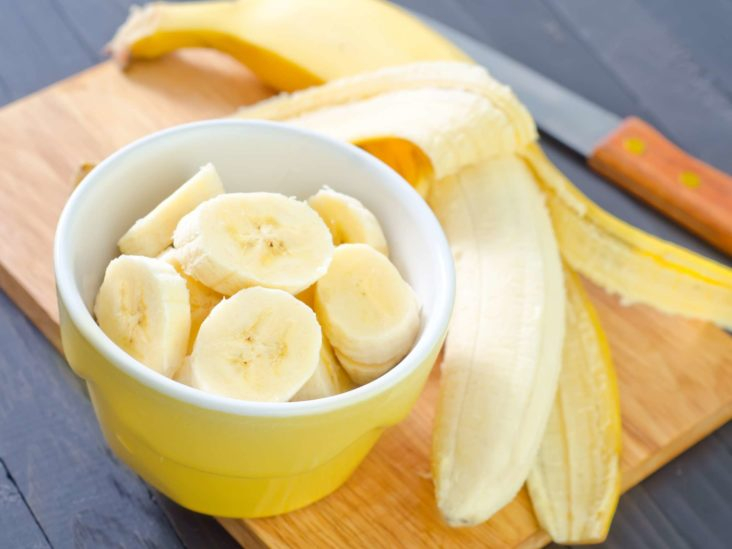
Bananas -
Dairy products are high in vitamins and minerals. They're also a good source of protein and a natural source of phosphorus and potassium. However, excessive dairy consumption, when combined with other phosphorus-rich foods, can be harmful to bone health in people with kidney disease.
This may come as a surprise given that milk and dairy products are frequently recommended for strong bones and muscle health. Too much phosphorus consumption, on the other hand, can cause a buildup of phosphorus in the blood, which can pull calcium from your bones if your kidneys are damaged. This can thin and weaken your bones over time, increasing your risk of bone breakage or fracture.
Dairy products are high in protein as well. One cup (240 mL) of whole milk contains approximately 8 grams of protein. It may be necessary to limit dairy consumption in order to avoid the accumulation of protein waste in the blood. Unenriched rice milk and almond milk are lower in potassium, phosphorus, and protein than cow's milk, making them a good substitute for milk while on a renal diet.
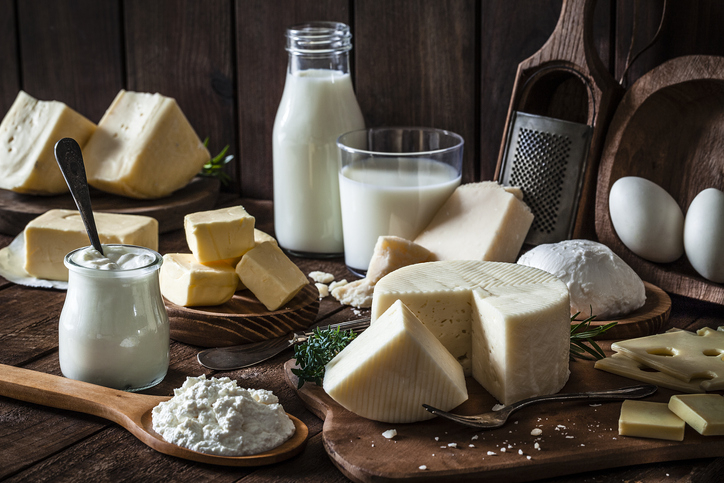
Dairy 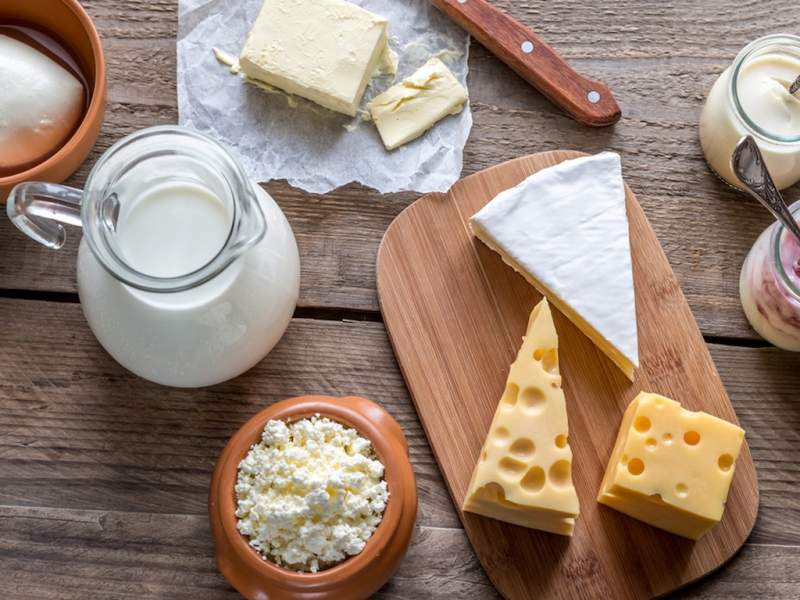
Dairy -
Processed meats have long been linked to chronic diseases and are widely regarded as unhealthy due to their high preservative content. Meats that have been salted, dried, cured or canned are considered processed meats. Hot dogs, bacon, pepperoni, jerky, and sausage are a few examples.
Processed meats typically contain high levels of salt, primarily to enhance flavor and preserve taste. As a result, if processed meats are a large part of your diet, it may be difficult to limit your daily sodium intake to less than 2,300 mg. Furthermore, processed meats are high in protein. If you've been told to limit your protein intake, it's also a good idea to limit processed meats.
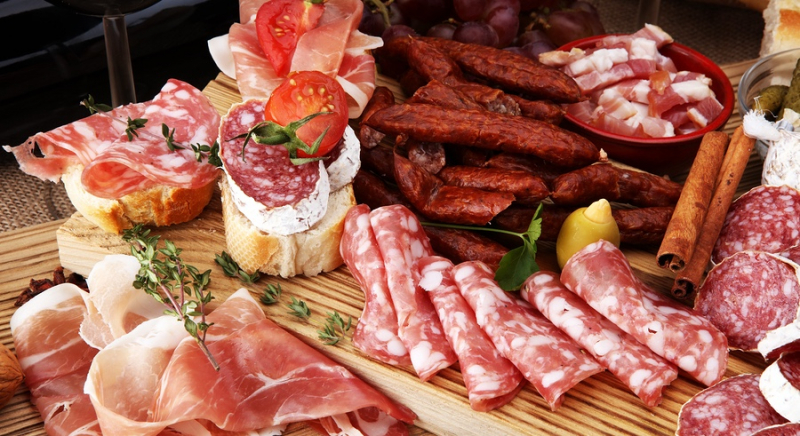
Processed meats 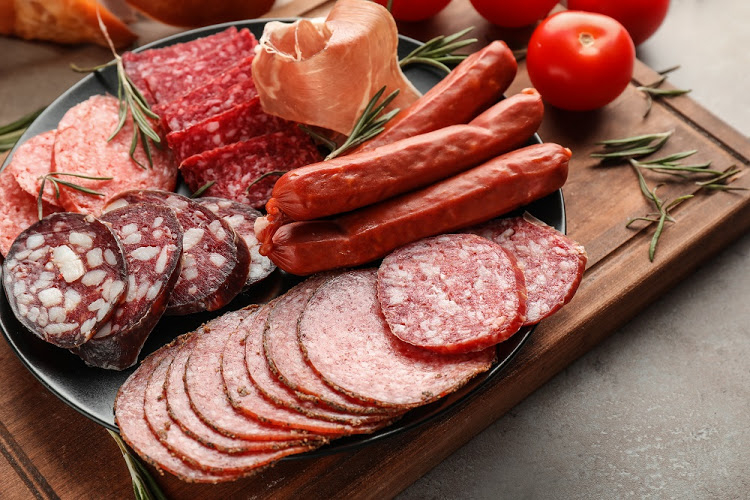
Processed meats -
Pickles, processed olives, and relish are all examples of cured or pickled foods. During the curing or pickling process, large amounts of salt are usually added. A single pickle spear, for example, can contain more than 300 mg of sodium. Similarly, 2 tablespoons of sweet pickle relish contain 244 mg of sodium.
Processed olives are also salty because they are cured and fermented to taste less bitter. Five green pickled olives contain about 195 mg of sodium, which is a significant portion of the daily amount in such a small serving.
Reduced sodium pickles, olives, and relish are available in many grocery stores and contain less sodium than their traditional counterparts. However, even low-sodium options can be high in sodium, so you should still watch your portions.
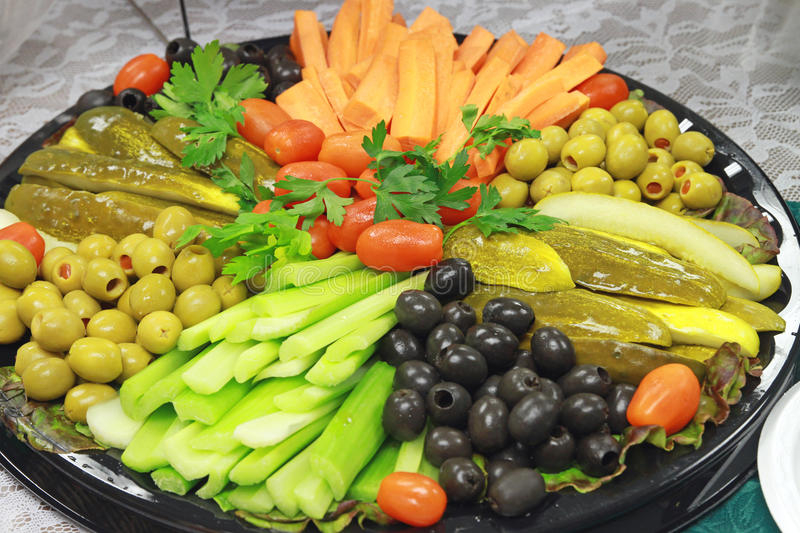
Pickles, olives, and relish 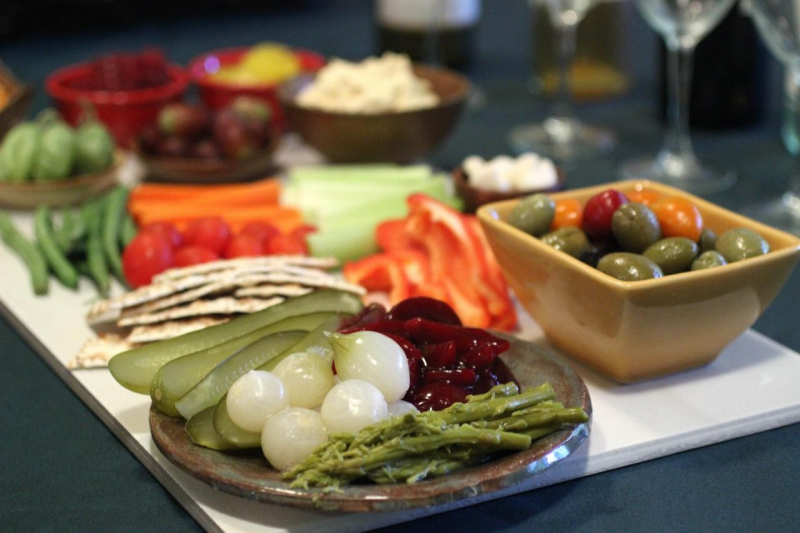
Pickles, olives, and relish -
Potatoes and sweet potatoes are high in potassium. One medium-sized baked potato (156 grams) contains 610 mg of potassium, while one average-sized baked sweet potato (114 grams) contains 541 mg.
Some potassium-rich foods, such as potatoes and sweet potatoes, can be soaked or leached to reduce their potassium content. By cutting potatoes into small, thin pieces and boiling them for at least 10 minutes, you can reduce the potassium content by about half. Potatoes that have been soaked in water for at least 4 hours before cooking has been shown to have a lower potassium content than those that have not been soaked. This is referred to as potassium leaching or the double-cook method.
Although double cooking potatoes reduces their potassium content, it is important to remember that this method does not eliminate their potassium content. Double-cooked potatoes can still contain significant amounts of potassium, so it's best to practice portion control to keep potassium levels in check.
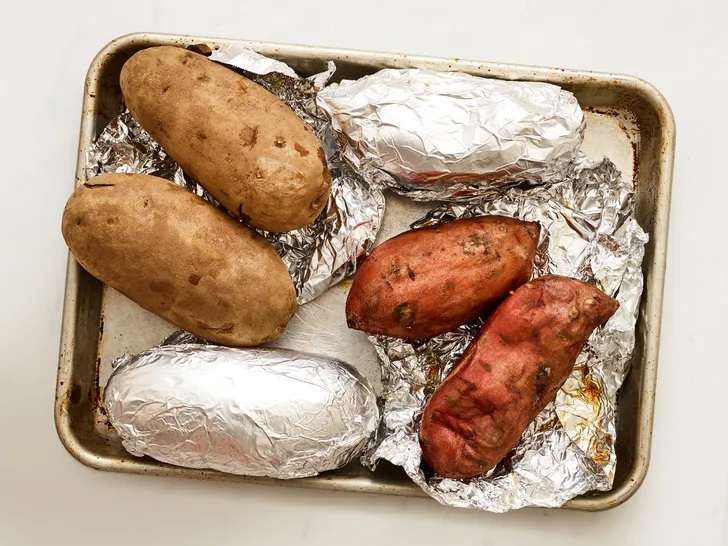
Potatoes and sweet potatoes 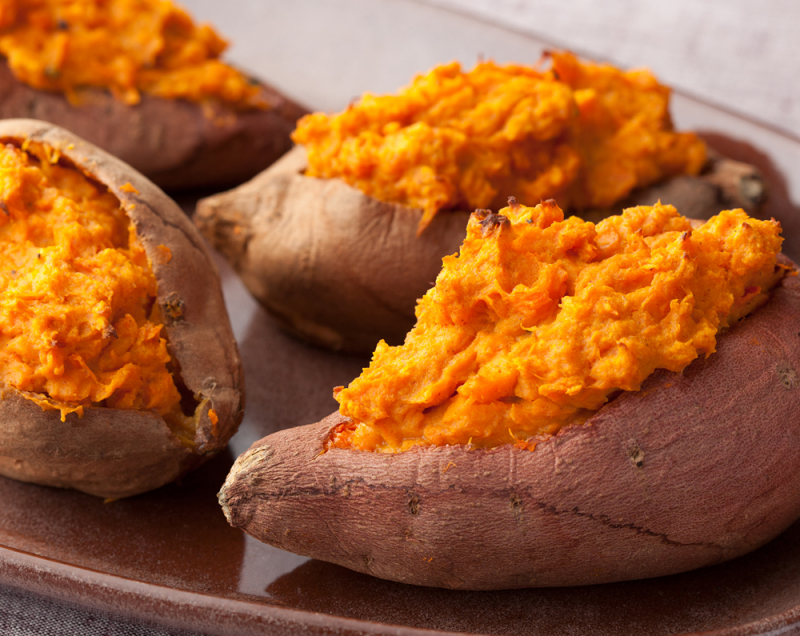
Potatoes and sweet potatoes













